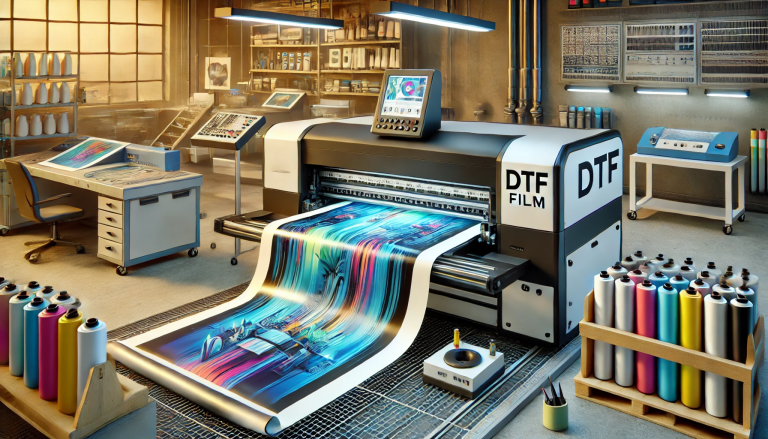“is dtf better than vinyl” -MAXDTF- heat Transfer Film Factory, DTF transfer paper Supplier, Made in China
Part 1: Introduction
The garment decoration industry has seen significant evolution with the introduction of various technologies, each with its strengths and weaknesses. This essay will compare two popular methods – Direct-to-Film (DTF) and vinyl transfer – to determine whether one can be objectively considered better than the other.
Part 2: Overview of DTF and Vinyl Transfers
This section will provide a brief explanation of the two methods. DTF is a newer technology where designs are printed onto a film that’s heat transferred onto the fabric, integrating the design into the material. Vinyl transfers, on the other hand, involve cutting designs out of colored vinyl sheets and heat pressing them onto the garment, often resulting in a more noticeable texture.
Part 3: Comparing Physical Characteristics and Feel
The feel of the print on a garment is a significant factor in user satisfaction. While DTF prints tend to be softer, smoother, and well-integrated with the fabric, vinyl transfers can feel thicker, slightly raised, and less flexible. However, some users might prefer the textured feel of vinyl.
Part 4: Examining Durability and Maintenance
In terms of durability, both methods have pros and cons. Vinyl transfers are known for their durability and resistance to fading, but they can crack or peel over time. DTF prints, while less likely to peel or crack, might fade faster if not appropriately cared for.
Part 5: Exploring Design Flexibility
Design flexibility is another critical factor. DTF offers more versatility as it can accurately reproduce complex, multicolored designs. In contrast, vinyl transfers are better suited for simple, single-color designs due to the physical limitations of cutting the design from vinyl sheets.
Summary
In conclusion, whether DTF is better than vinyl depends largely on specific needs and preferences. DTF offers a softer feel, better integration with the fabric, and greater design flexibility, while vinyl transfers offer a unique textured feel and notable durability. As such, each method has its applications where it may be the superior choice.



